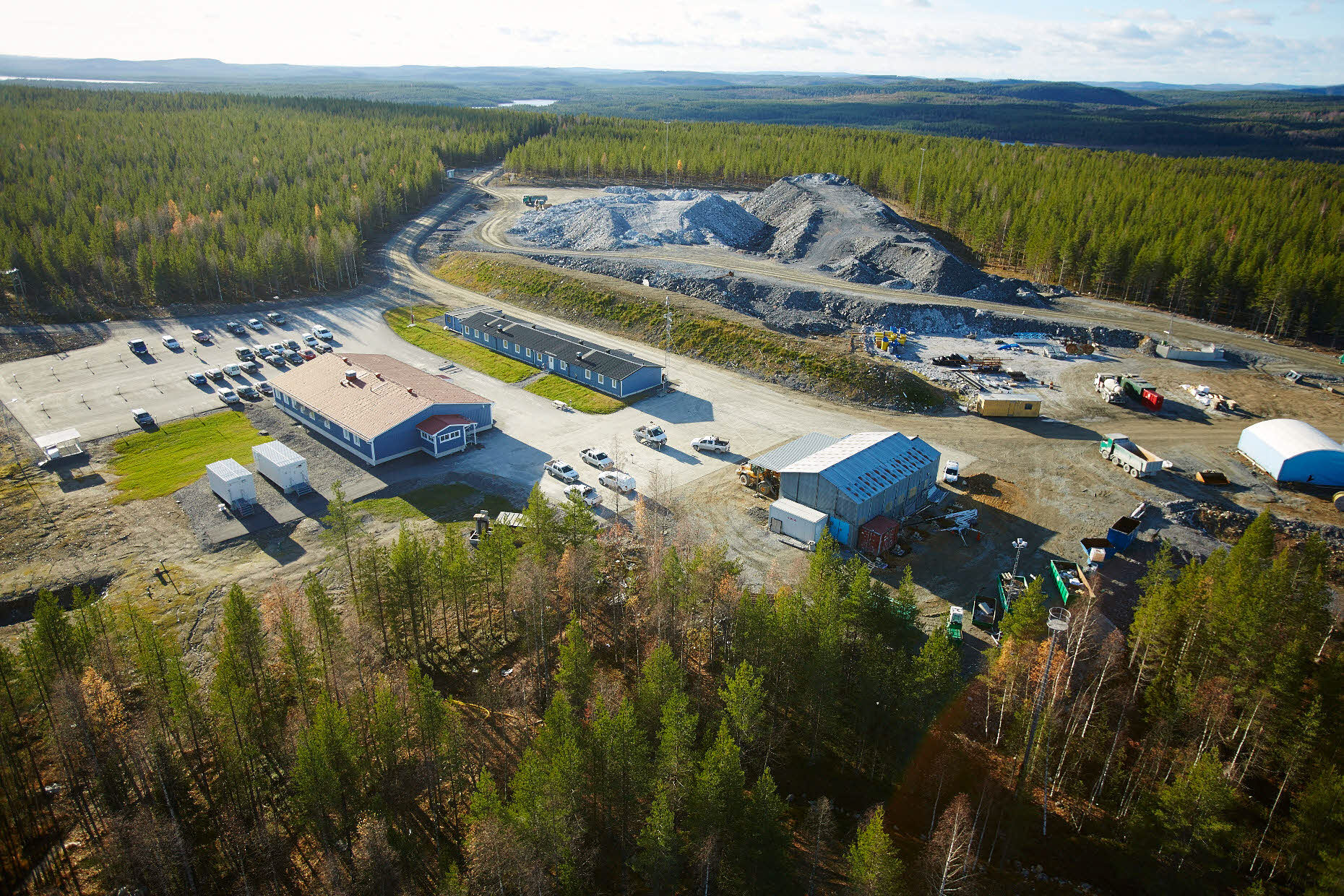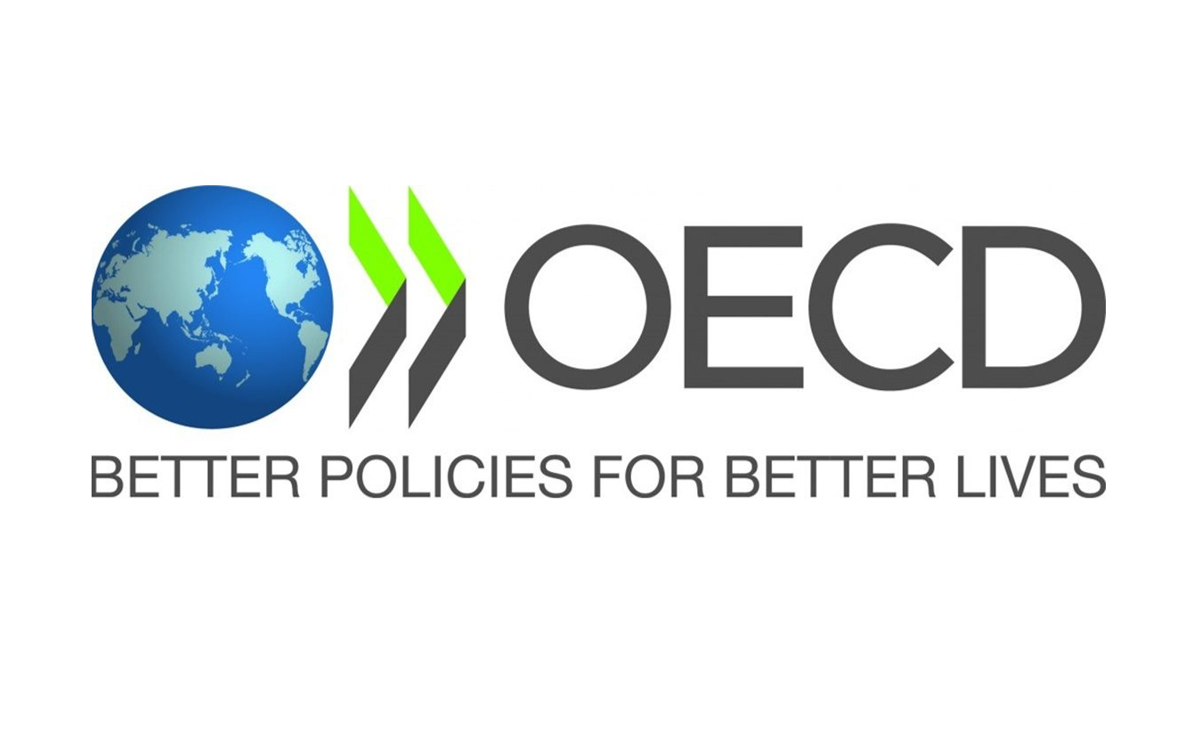
About Västerbotten
About the Region
The region of Västerbotten is the second largest region in Sweden in terms of area with its 54 665 km², which is almost 13% of the country’s total area, and is located in the north of Sweden. The region is home to around 268 000 people and has three larger cities: Umeå, which is the largest city with around 110 000 inhabitants, Skellefteå and Lycksele.
The most important sectors in the region’s economy are forestry and wood industry, mining and metallurgy and electricity production. Also, the service sector and IKT is growing rapidly. Due to high expertise in electronic waste recycling, ore and mining, combined with local green energy supply – the company Northvolt are now constructing a large scale battery factory in Skellefteå, Västerbotten.
The Northern part of Nordic countries, including the Region of Västerbotten, has the only indigenous people of the EU, the Sámi people.
The Mining and Metallurgy Industry
The Skellefteå field in Västerbotten is very rich in minerals. The area is home to the Renström, Kristineberg and Kankberg underground mines, as well as the Maurliden open-pit mine, which are all operated by Boliden AB. With the exception of Kankberg, complex sulphide ores, which contain zinc, copper, lead, gold and silver, are produced by all the mines. The area also has a concentrator and a leaching plant for gold and tellurium production.
The Björkdal mine produces gold from a combined open pit and underground operation and is operated by Mandalay Resources Corporations. The mine produces gravity and flotation gold concentrates which are sold to smelters.
Sweden’s only smelter to produce base metals, Rönnskärsverken, is located in Skelleftehamn in Västerbotten. The smelter is owned by Boliden AB and is one of the world's most efficient copper smelters. The plant receives deliveries of copper and lead concentrates from Boliden’s own mines and from external suppliers and is mainly producing copper, zinc, lead and precious metals. Investments and developments in Kaldo technology made Rönnskärsverken a world leader in the recycling of electronic waste with a capacity of 120,000 tonnes of electronic scrap per year. Primarily copper, gold and silver are extracted from these materials.
Mineral Deposits and Metallurgy Production Sites
The area that is home to the Renström, Kristineberg, Kankberg and Maurliden mines are usually referred to as the Boliden Area, as all four mines are operated by Boliden AB. In 2017, around 2,065k tonnes of ore were processed to form metal concentrates containing zinc, copper, lead, gold, silver and tellurium in the Boliden Area.
The Björkdal deposit was originally discovered through examination of anomalous gold values in samples in 1983. Since it started operating in 1988, over 1.0 million ounces of gold have been produced from Björkdal. Currently the mine produces mill feed from the open pit and from the underground mine, as well as from a stockpile of low-grade material accumulated over the past quarter century.
